Gastroenterology Department
The Endoscopic Center of Beijing Ditan Hospital, founded in 1986, is a renowned center with a focus on the treatment of liver cirrhosis and complications, as well as dedicated to the diagnosis and treatment of all aspects of digestive system diseases. The Center is composed of an endoscopy unit, inpatient unit, outpatient clinic, interventional therapy unit, and gastrointestinal motility unit. The Center have skilled endoscopists and specialists, especially in endoscopic and interventional therapy for esophagogastric variceal bleeding, early-stage gastrointestinal cancer, cholangiopancreatic diseases, and cirrhotic complications. Endoscopic and interventional procedures include both diagnostic and therapeutic procedures, including but not limited to: gastroscopy, colonoscopy, capsule endoscopy, endoscopic ultrasonography (EUS), EUS-guided fine-needle aspiration (EUS-FNA), endoscopic mucosal resection (EMR), endoscopic variceal ligation (EVL), endoscopic injection sclerotherapy (EIS), endoscopic retrograde cholangiopancreatography (ERCP), and endoscopic submucosal dissection (ESD), and transjugular intrahepatic portosystemic shunt (TIPS), esophageal manometry and pH monitoring, and Helicobacter pylori (Hp) tests.
In 2023, the center introduced an innovative approach to improve the success rate of treatment for patients with esophagogastric variceal bleeding: endoscopic ultrasound-guided paraesophagogastric varices puncture, cyanoacrylate selective sealing (PCSS). Currently, we are developing a method to combine CT scans with endoscopic ultrasound robots to enable remote, effective treatment of esophagogastric varices.
The center is committed to high-quality medical care, clinical and basic research, and postgraduate education. It is authorized to offer doctoral and master’s degrees by Peking University Health Science Center and Capital Medical University, respectively. We lead the charge in glycobiology research in the pathogenesis of chronic hepatic fibrosis, exploring and identifying potential drug targets for fibrosis prevention and treatment. To date, we have undertaken over 20 research projects supported by the National Science Foundation and the National Key Research and Development Program. Furthermore, we have obtained 4 patents and published over 60 scientific articles and 2 academic books.




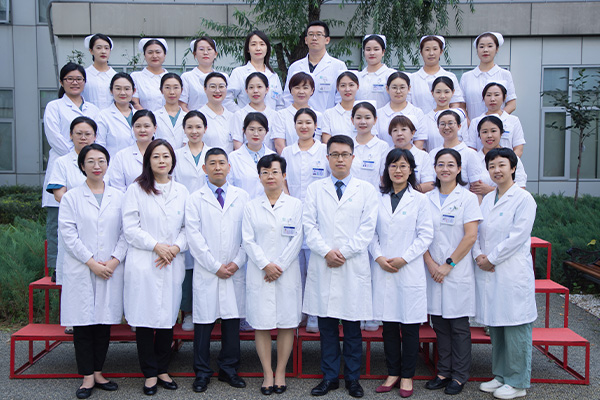
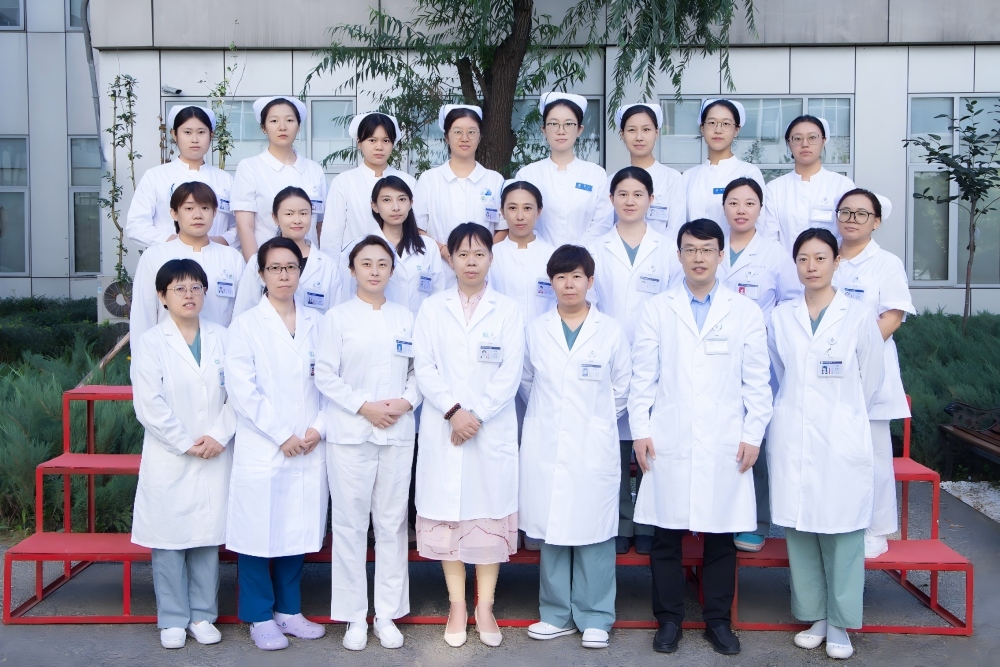
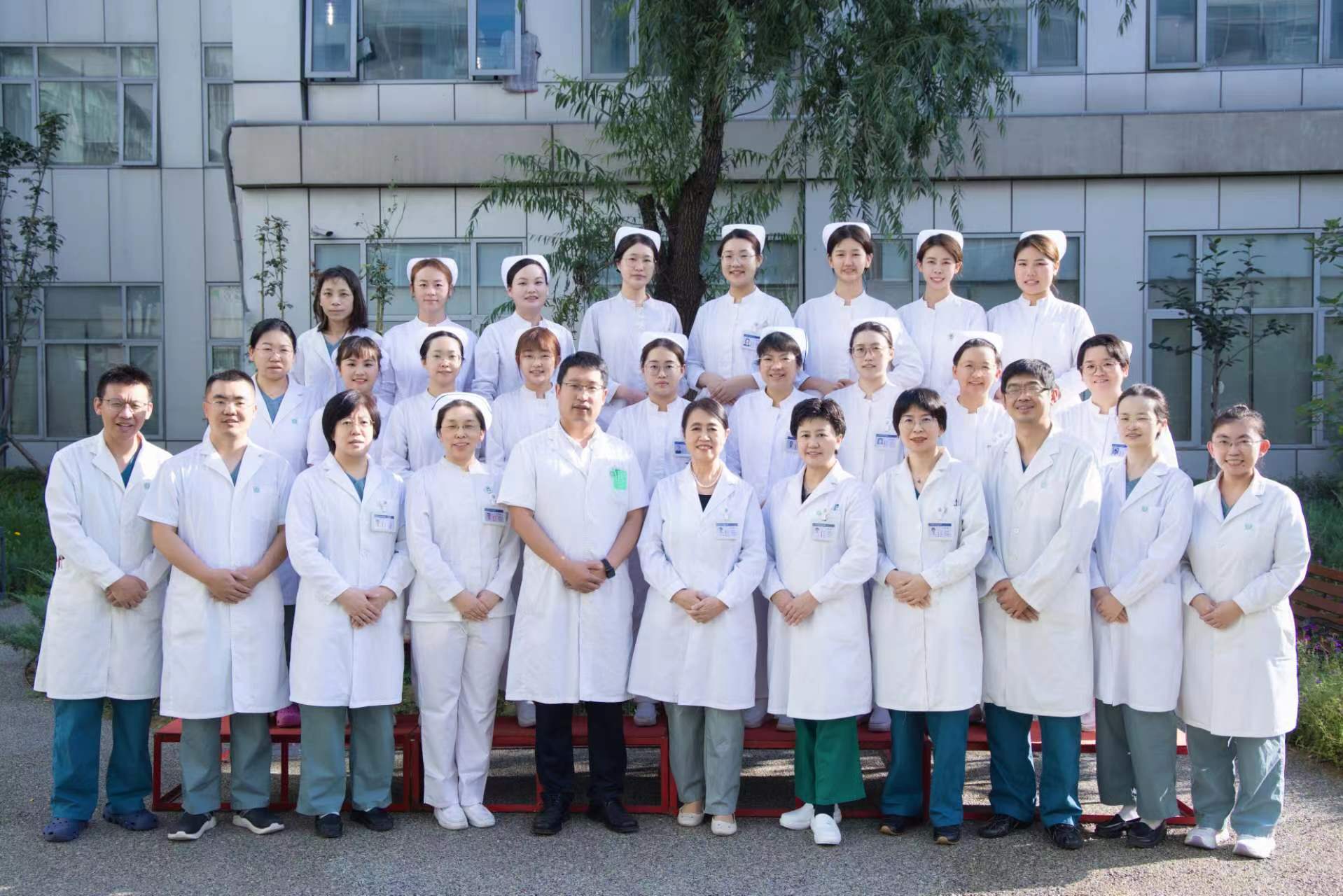
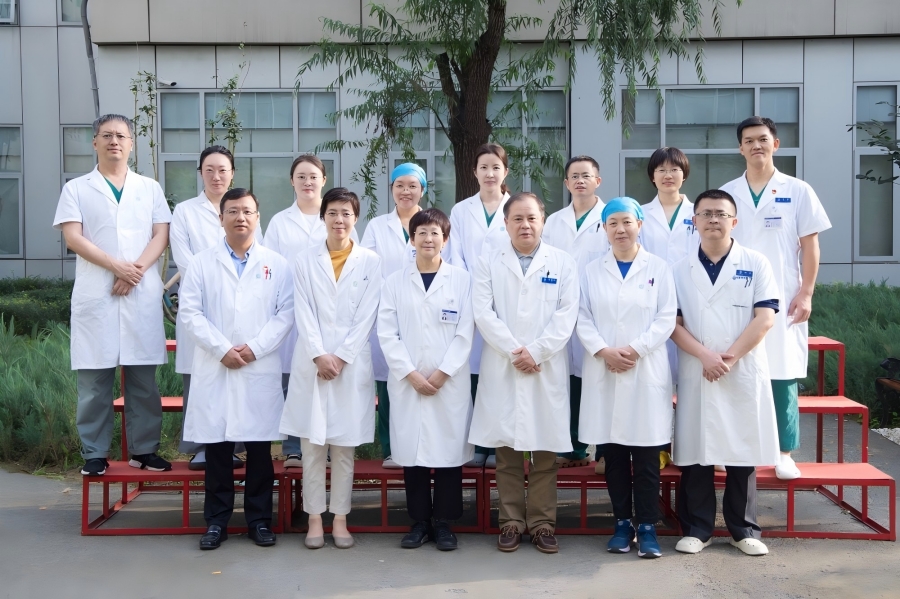
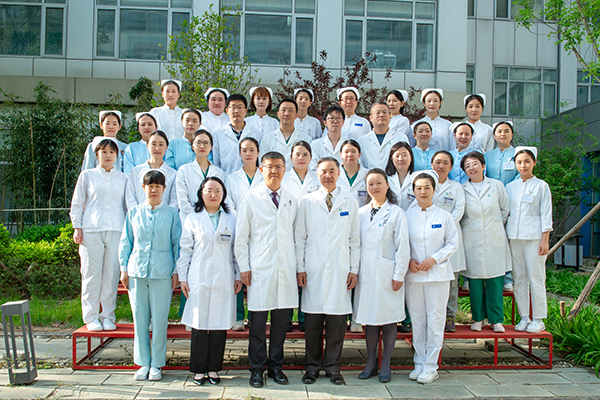
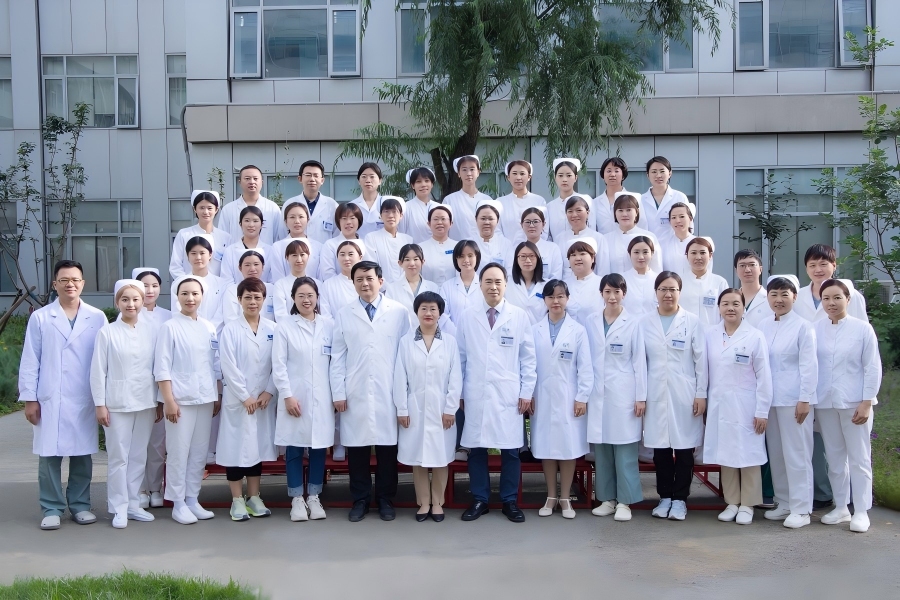
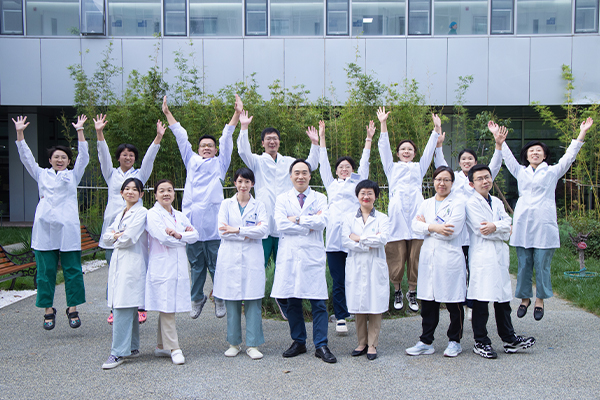
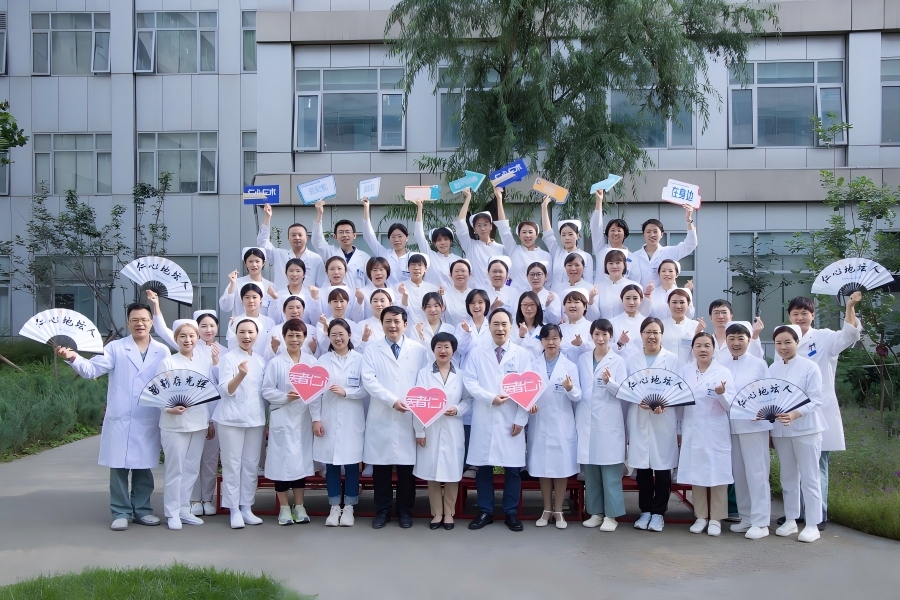
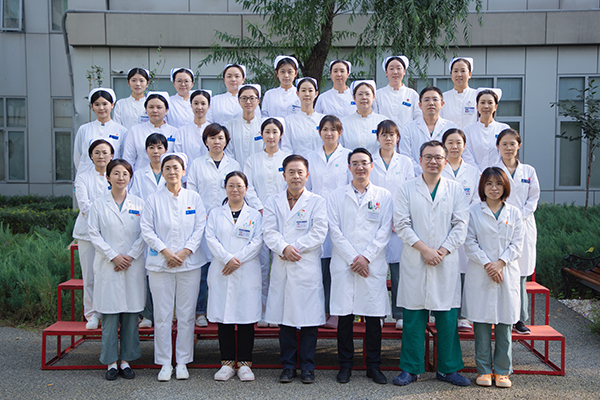
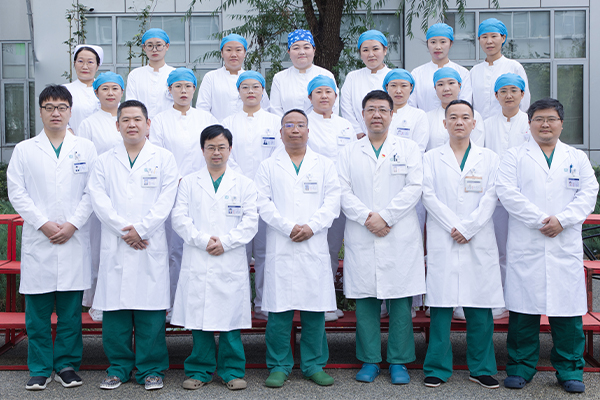
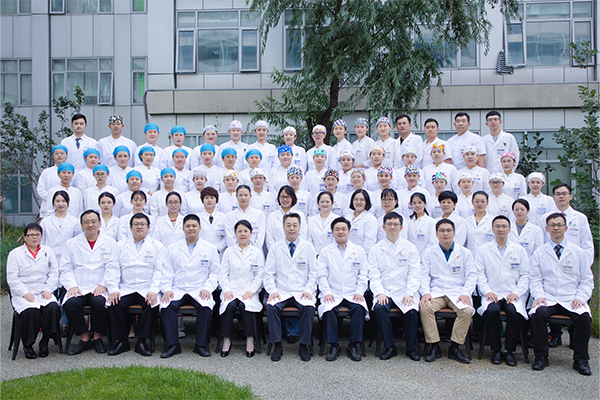
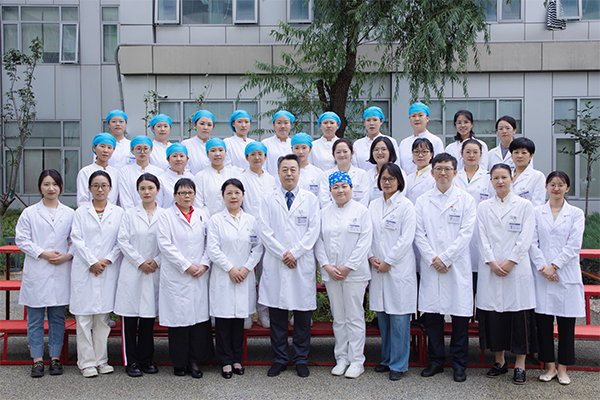
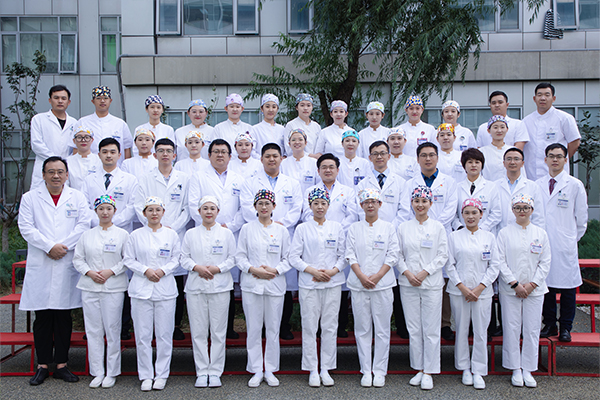
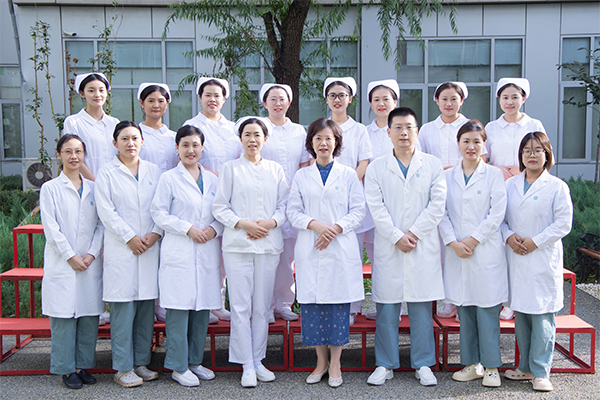
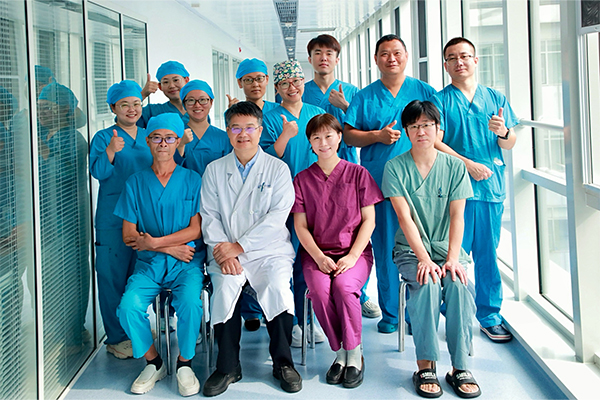
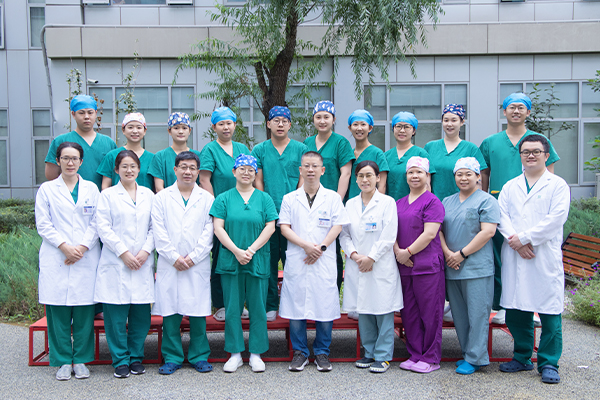
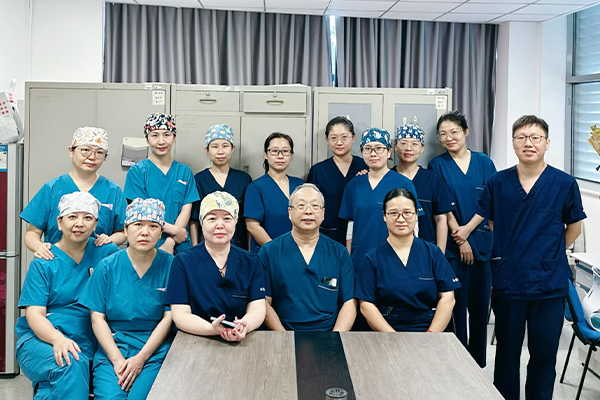
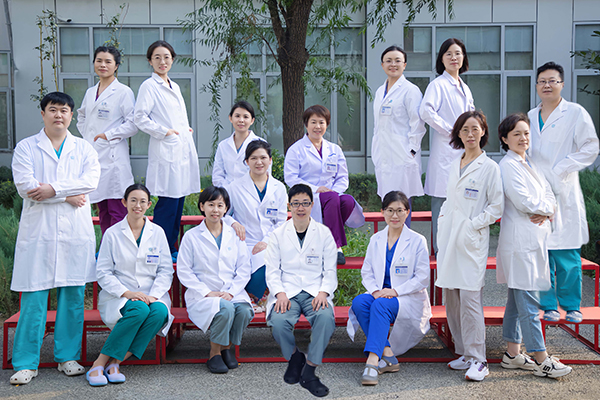
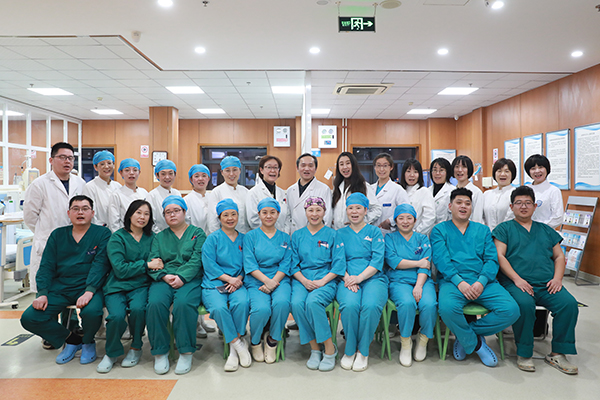
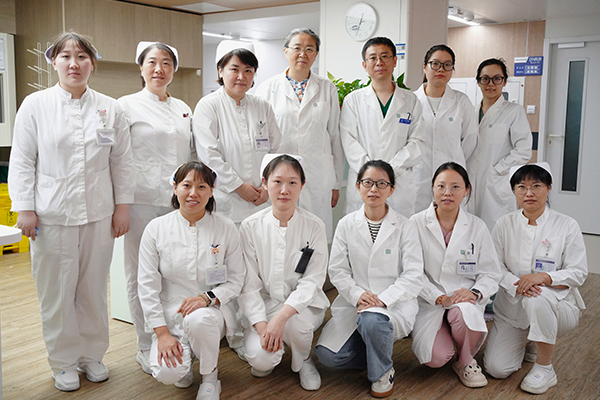
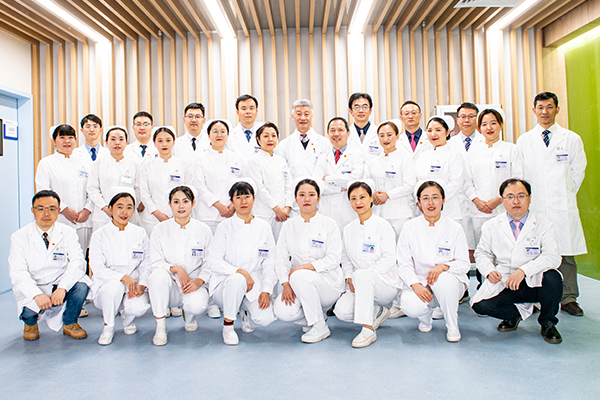
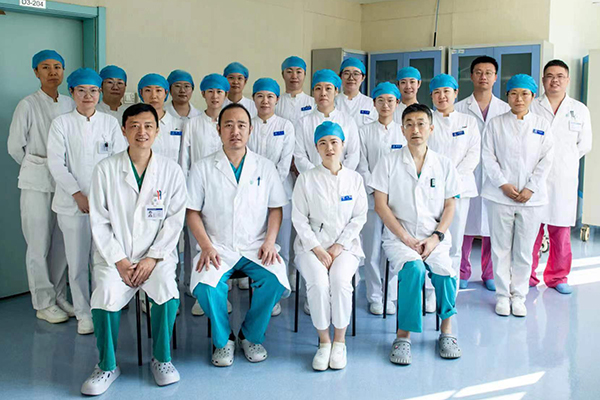
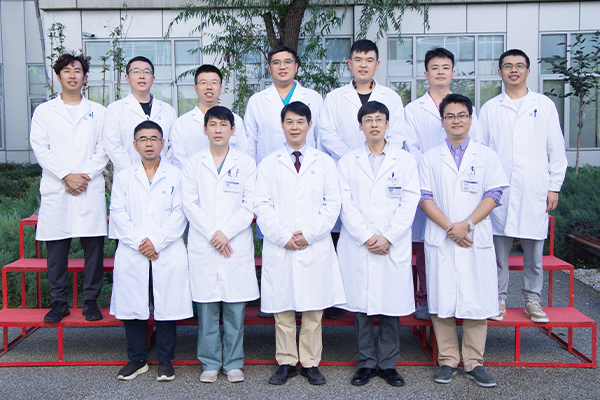
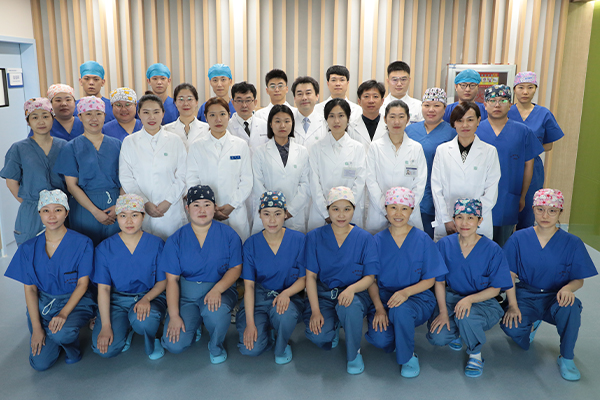
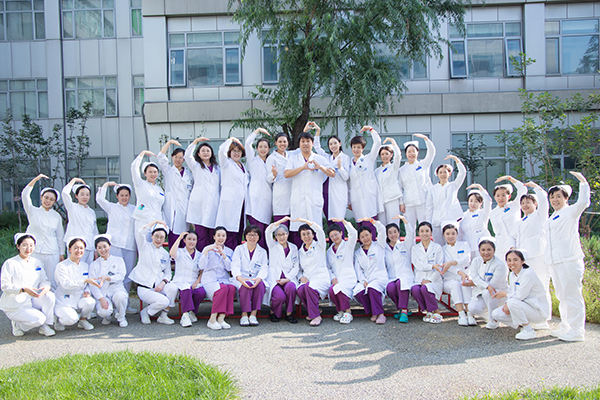
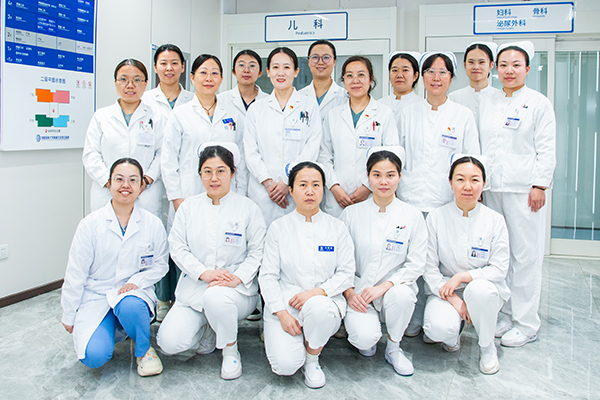
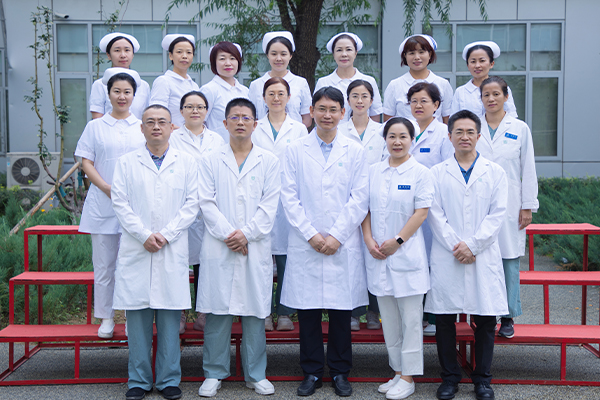
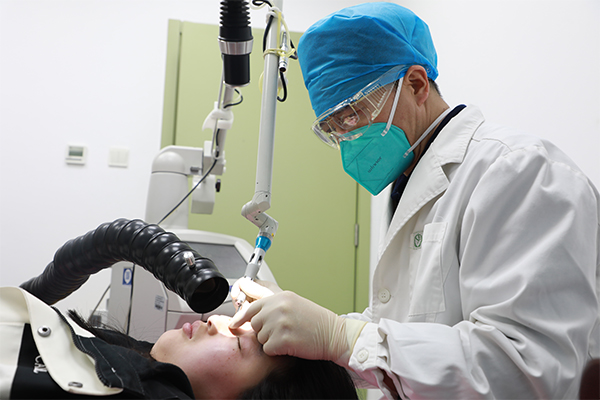
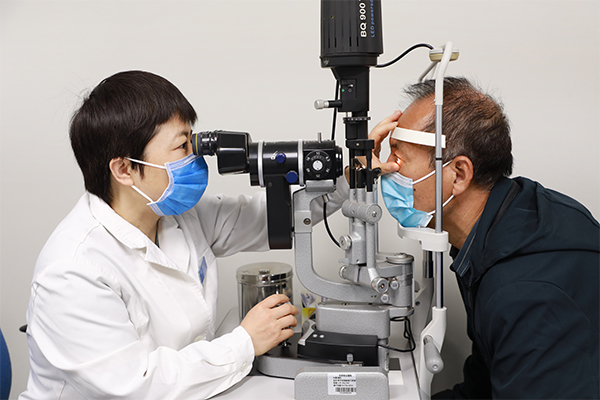
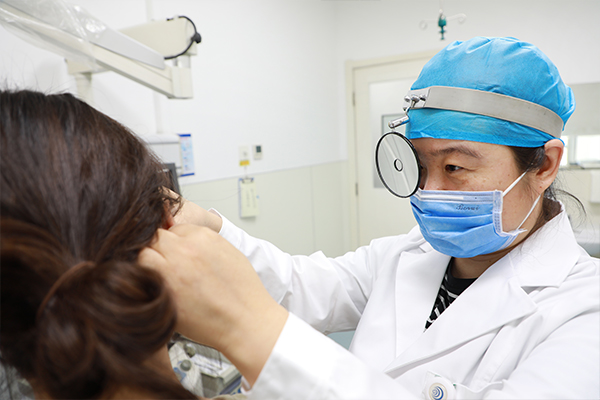
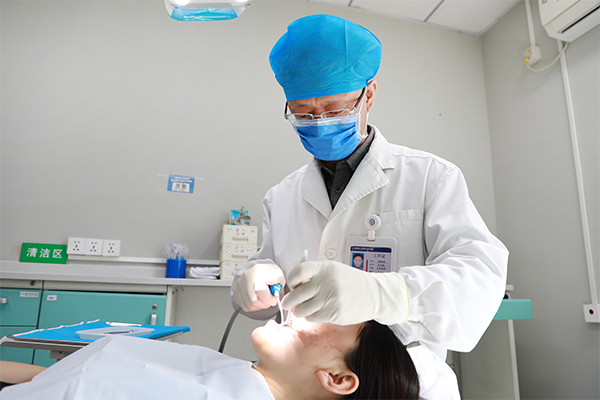
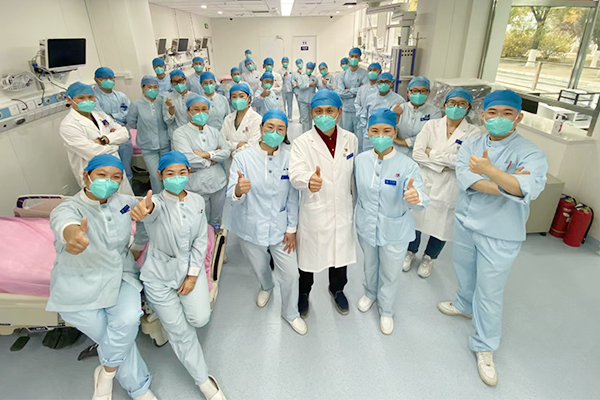
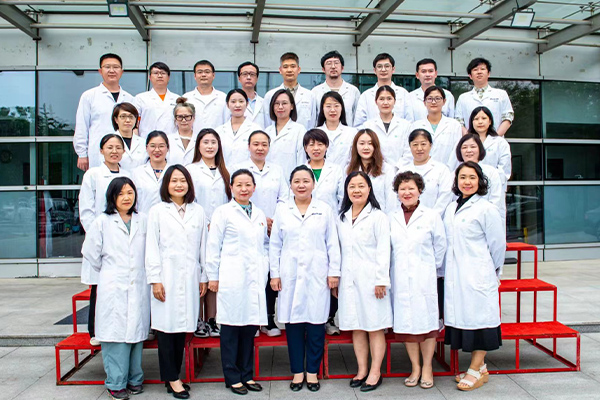
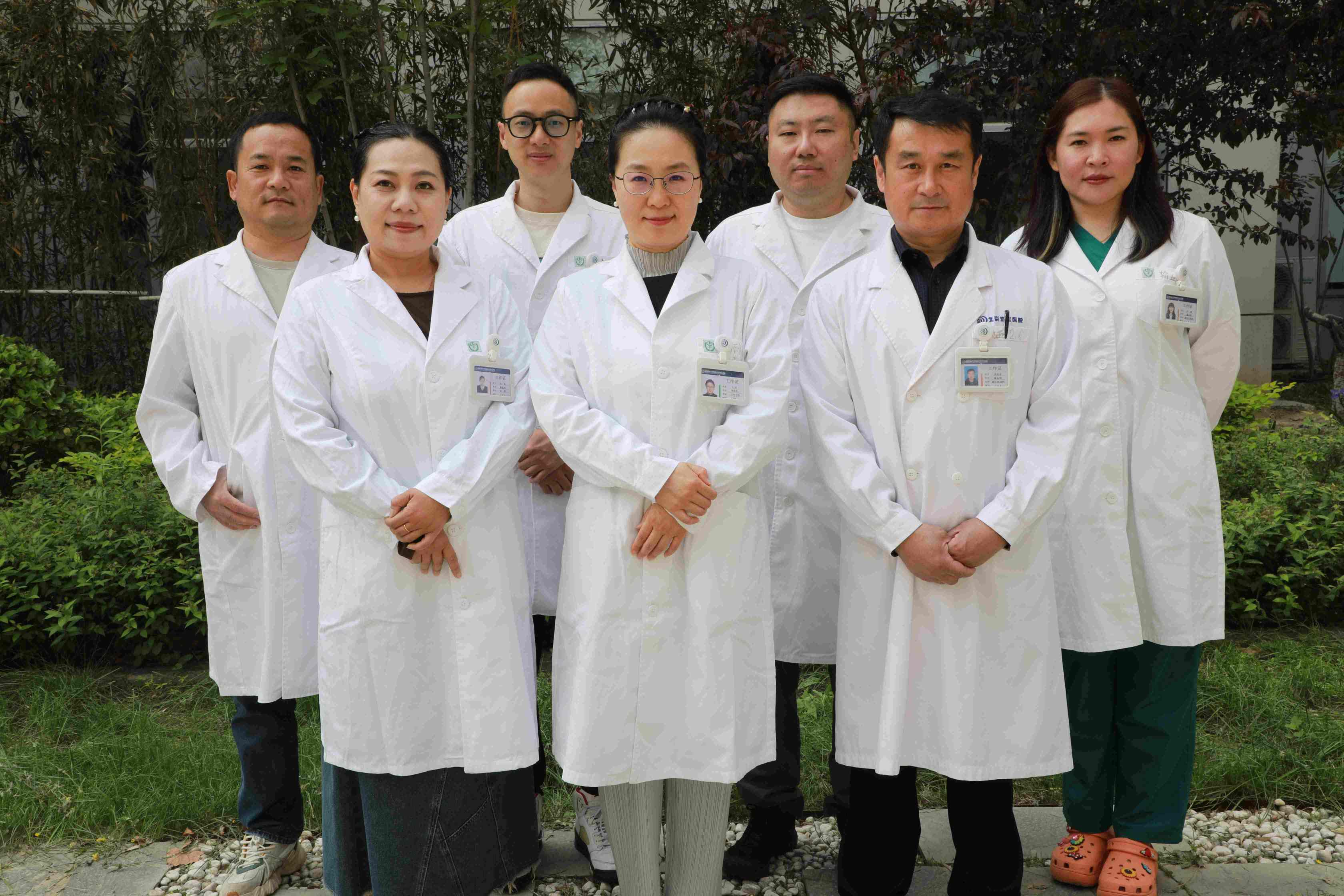
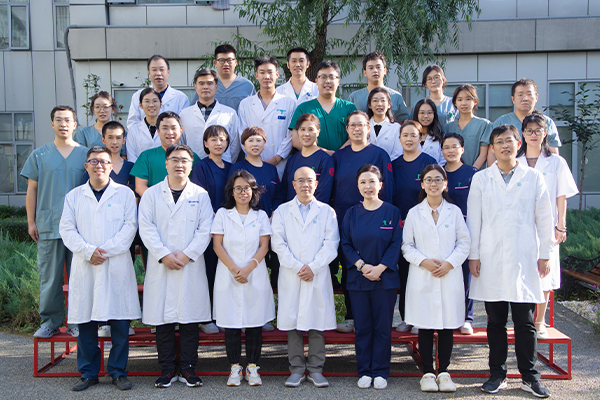
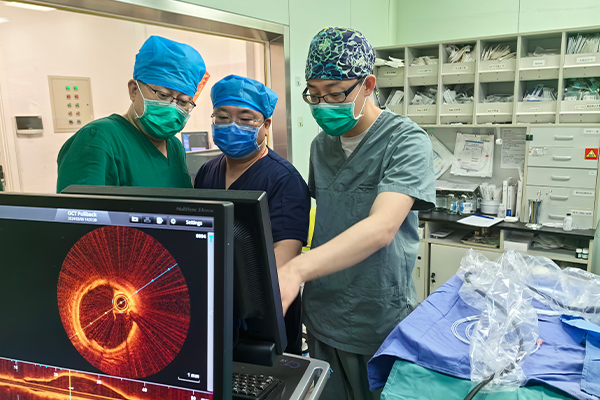
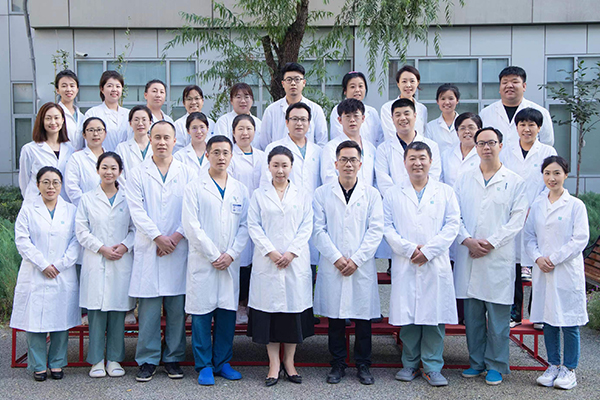
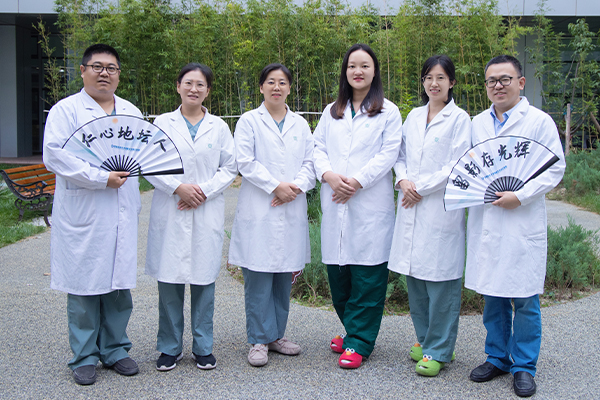
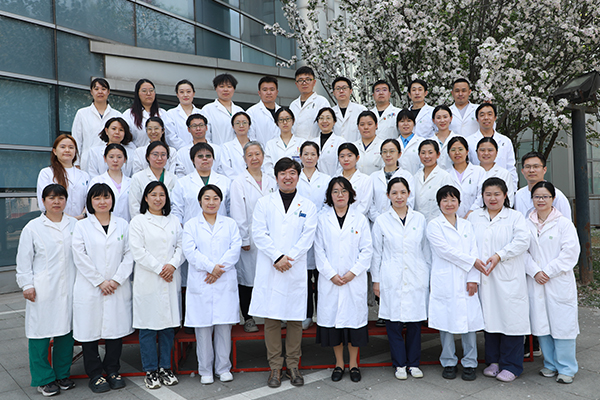

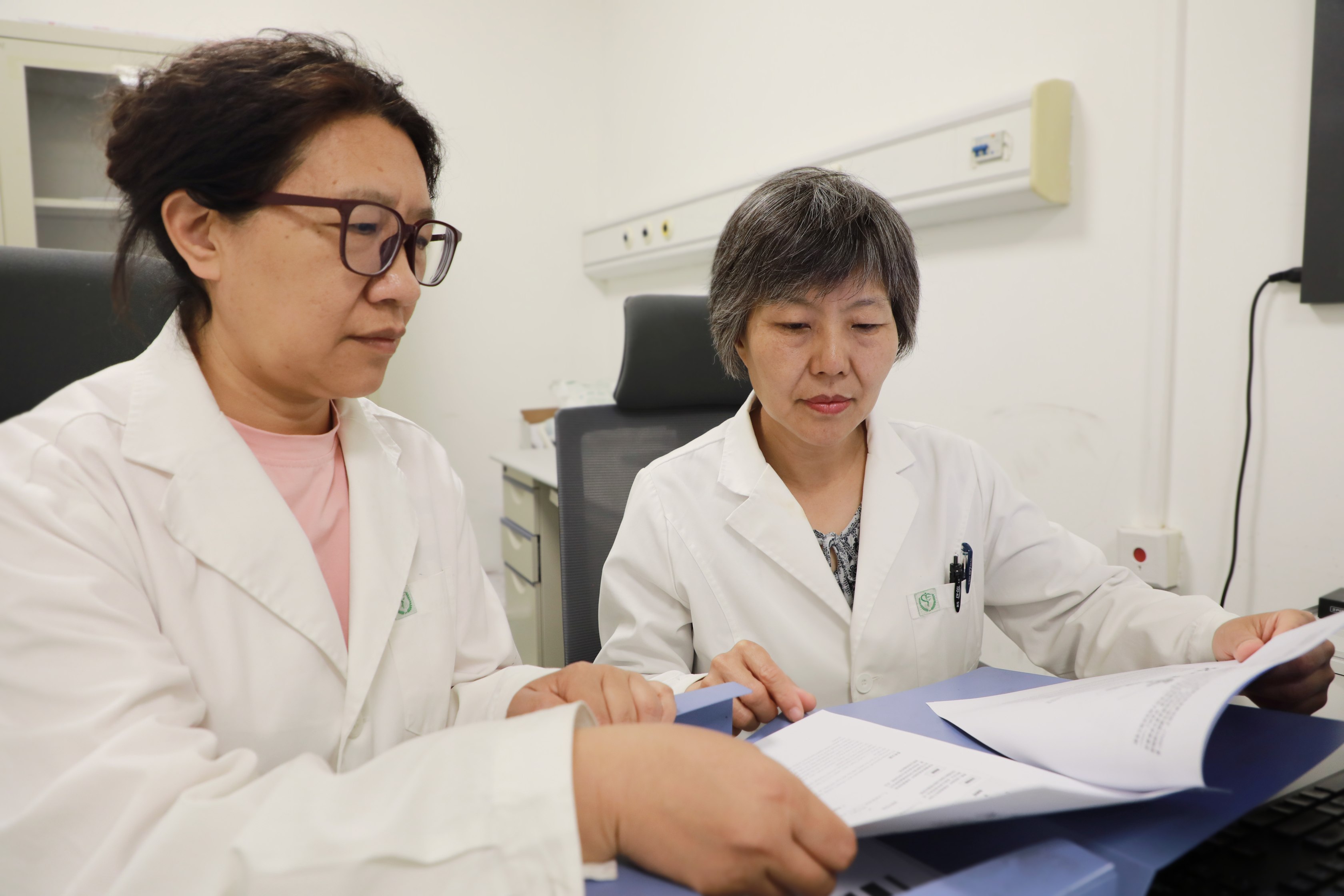
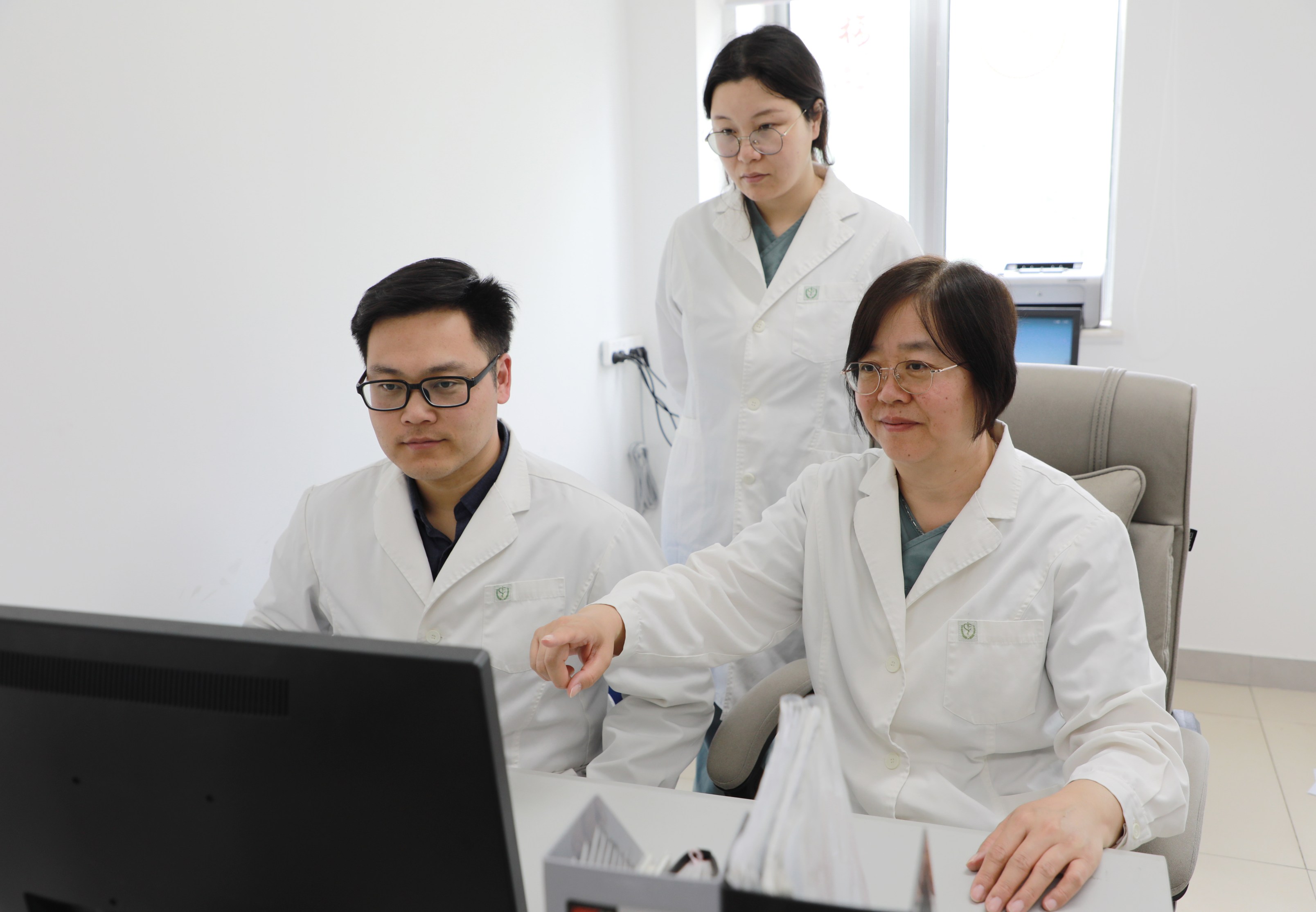
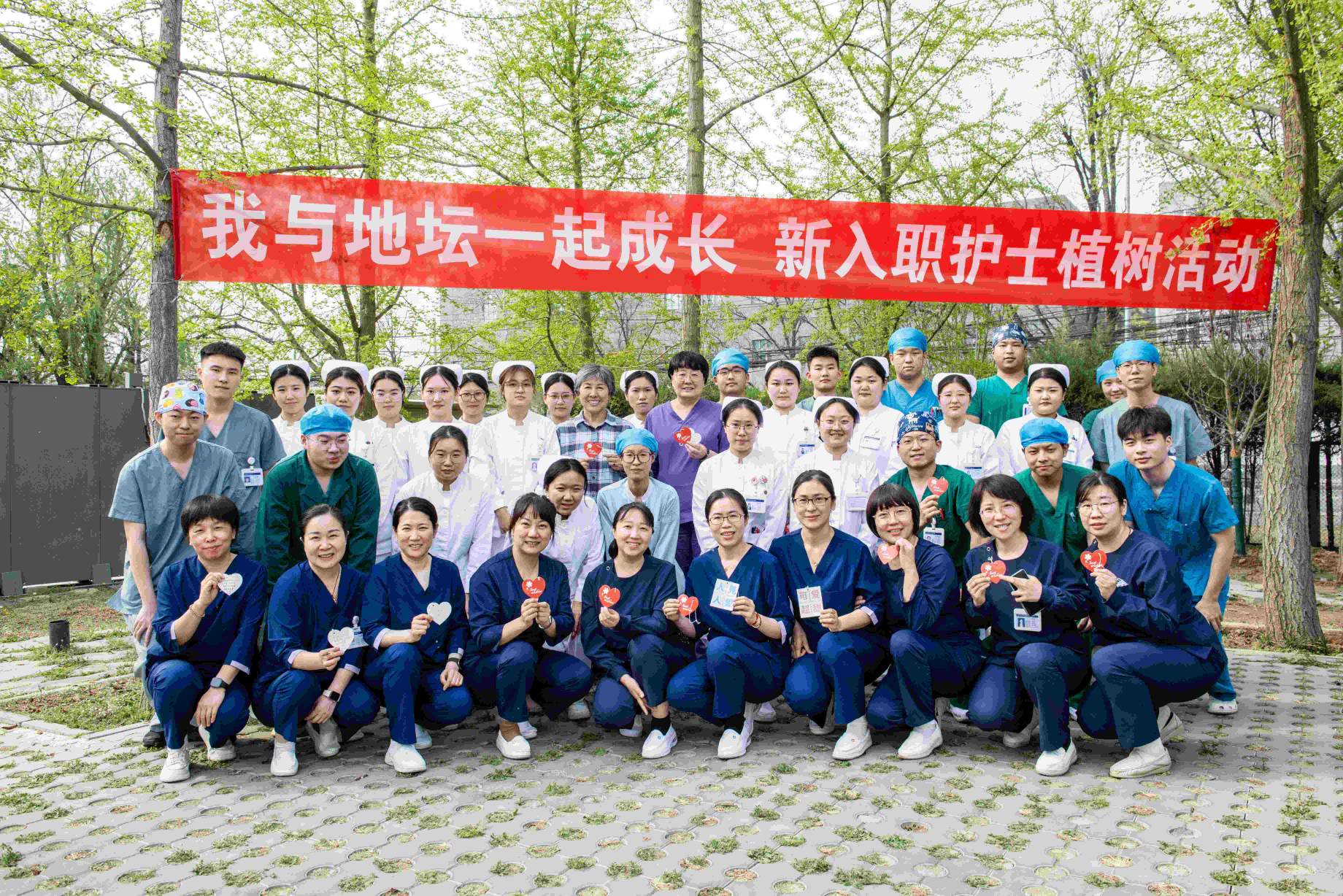
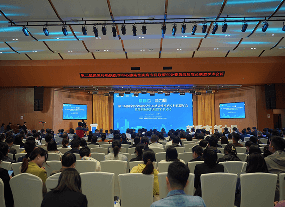
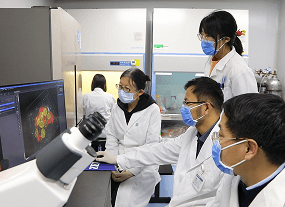
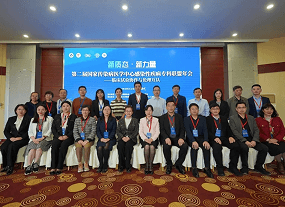
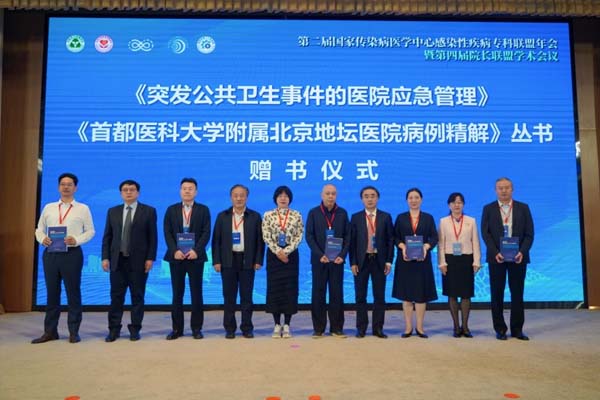



 京公网安备 11010502052111号
京公网安备 11010502052111号